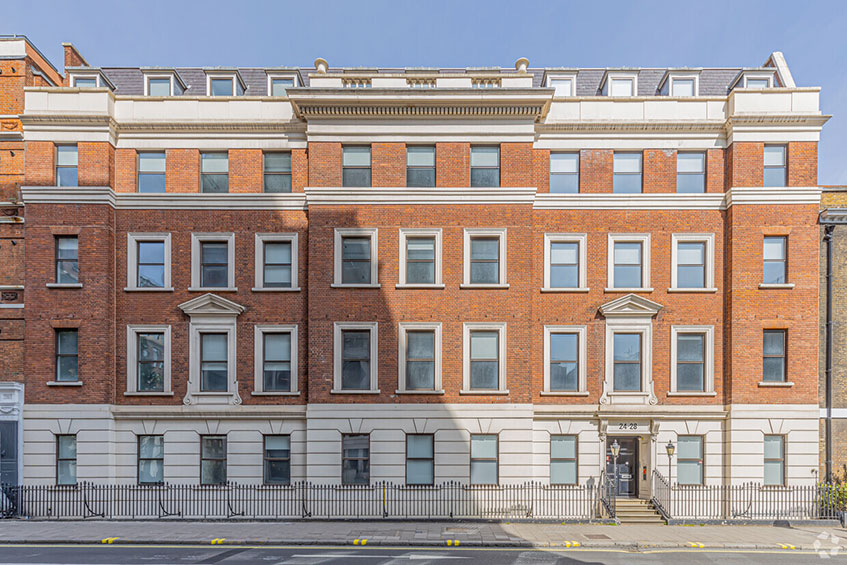LEGAL NOTES Stuart Pemble revisits one of the most fundamental tortious principles of them all
Key points
- Recent attempts to bring claims against building inspectors in tort have failed
- If you want redress against an inspector, your best option is to have entered into a contract with them.
Murphy v Brentwood District Council [1991] 1 AC 398; [1990] EGCS 105 has been the most important decision in the law of tort during my career. Of all the conundrums discussed in case law, the question of whether a building inspector (or anyone else involved in a construction project) can owe a duty of care sufficient to enable the (current or future) building owner to recover the cost of rectifying a defect in the building probably taxed more judicial minds during the second-half of the last century than any other.
In part, this is because in overturning Anns v Merton London Borough Council [1977] 2 EGLR 94 (and a whole raft of other decisions) Murphy fundamentally changed the law. Until then, building inspectors, contractors and consultants could be liable to the current or future owners of the building for the cost of repairing physical damage caused by their negligence. After Murphy, that cost was categorised as “pure economic loss” and – absent (i) a contract between the wrongdoer and the building owner; or (ii) a special relationship under the doctrine in Hedley Byrne v Heller & Partners Ltd [1964] AC 465 (described by Lord Devlin in Hedley Byrne as “equivalent to contract” that is, where there is an assumption of responsibility in circumstances in which, but for the absence of consideration, there would be a contract”) – was not recoverable by way of damages.
The House of Lords in Murphy was clear that neither builder nor building inspector was in a special relationship of the Hedley Byrne type with the owner of the building – the unfortunate Mr Murphy – so Brentwood Council did not owe him any damages. And it was this change in the law which resulted in the suites of collateral warranties you now see as standard on construction projects the length and breadth of the UK, since a contract between the building owner (or another party with an interest in it) and the wrongdoer gets round the problem created by Murphy, so that the cost of repair is recoverable.
Has anything changed since Murphy?
No: apart from the decision in Tesco Stores Ltd v Wards Construction (Investment) Ltd [1996] 76 BLR 94 which extended Murphy by deciding that local authority inspectors did not owe a duty of care to avoid causing physical damage to property, the principle seemed well-established and had not troubled the courts for nearly 25 years.
This makes the two recent attempts to get around Murphy in Lessees and Management Company of Herons Court v Heronslea Ltd and others [2018] EWHC 3309 (TCC) and Zagora Management Ltd v Zurich Insurance plc [2019] EWHC 140 (TCC) all the more interesting.
Both cases involved the alleged negligent certification of building works by approved inspectors – private companies licensed (in place of local authorities) by the Building Act 1984 to provide inspection and certification services under what are now the Building Regulations 2010 and Building (Approved Inspectors etc) Regulations 2010. In Herons Court, the claim arose out of defective fire protection and damage caused by damp to 12 flats in Radlett in Hertfordshire. In Zagora, the claim related to serious defects in two blocks of flats in Manchester. The fire safety defects were so severe that the local fire service had issued a notice stopping the buildings from being occupied.
Trying to get around Murphy
In both instances, the claimants did not have a contract with the approved inspectors and so their legal teams had to get creative to try to get around Murphy. In Herons Court, they argued that the inspectors had breached section 1(1) of the Defective Premises Act 1972 (the 1972 Act) which states: “A person taking on work for or in connection with the provision of a dwelling… owes a duty… to see that the work which he takes on is done in a workmanlike or, as the case may be, professional manner with proper materials and so that… the dwelling will be fit for habitation when completed.” In Zagora, the claim was put in the tort of deceit because it was alleged that the inspector made false statements in the final certificates issued.
Both claims failed. In Herons Court, Waksman J felt that the judgments of the House of Lords in Murphy were inconsistent with the view that the 1972 Act applied to Building Regulations inspections and that the Law Commission report which led to the introduction of the 1972 Act considered that section 1 should only apply to contractors and consultants who contribute in a “meaningful way to the design or construction of the building” (which approved inspectors – who simply certify that the design and construction done by others is lawful – do not do). He also drew comfort from section 38 of the Building Act 1984. Although this is not in force, it provides for a remedy for breach of any duty imposed by the Building Act. The judge felt this counted against approved inspectors being subject to the (earlier in time) 1972 Act.
In Zagora, although Judge Davies QC accepted that the inspector had knowingly made false statements in the certificates “to get the job off his desk”, the claims failed for a lack of reliance. None of the leaseholders (nor their conveyancing solicitors) had been provided with or asked for the certificates. So far as the freeholder – a ground rent investment company – was concerned, the claim failed because there was no evidence that the inspector intended (a key requirement for a deceit claim) that a subsequent purchaser would rely on his certificates.
In conclusion, Murphy remains supreme and it is still very difficult to get damages from a negligent building inspector in tort.
Stuart Pemble is a partner at Mills & Reeve











